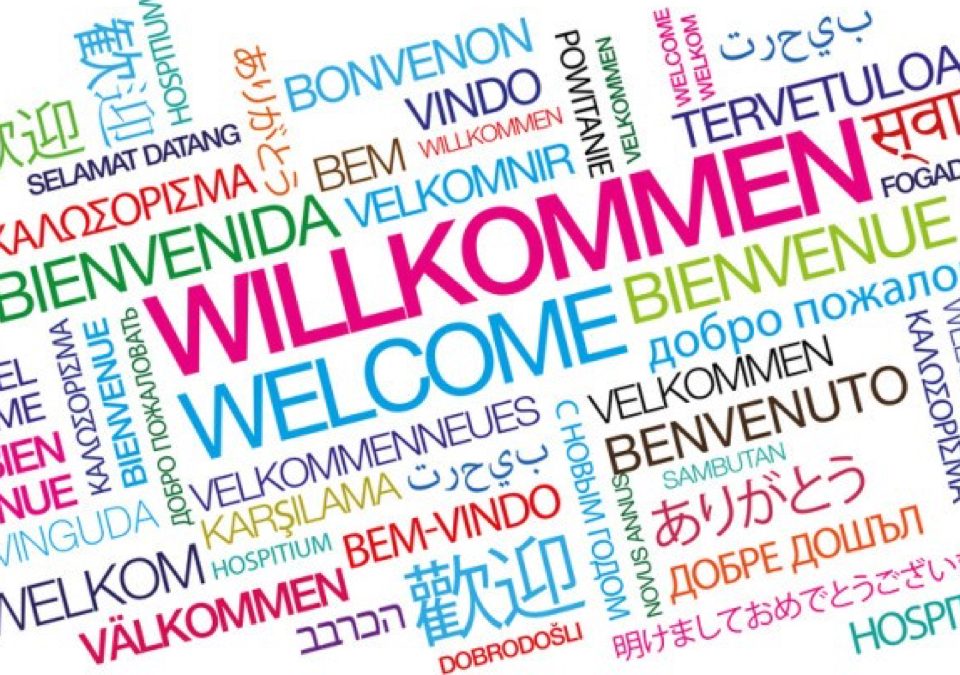
Welcome Educators (and parents, and students)
May 4, 2020Doesn’t it just make sense that when your students understand the structure of the conversations in which they engage — when they can anticipate the informational objectives which need to be communicated — these students will be much better equipped to organize the information presented to them verbally, visually, and even textually?
As parents and educators, we spend so much time teaching our children — our students — verbally; our words guide them through a journey of learning. We, too, have been on many journeys of learning and know that having an appreciation & expectation of the exploration milestones, and perhaps even the destination, makes such journeys more comforting and improves our ability to process the information we are provided.
Teachers know that children not yet introduced to algebra would fare poorly in calculus — even though some of these same students might one day excel in advanced mathematics. Unfortunately, at this early juncture, their minds are just not conditioned to process the rich and detailed information presented. Similarly, as adults, our educational journeys benefit from prior educational conquests. But some adults develop an important toolset for learning — even when confronted with an educational journey for a subject far removed from any path they have taken previously. These are individuals who will appreciate and develop important constructs for capturing, processing, and cataloging the most pertinent information for any subject material presented.
Let’s consider a scenario: as is typical of most mornings you are on autopilot. Without much thought, you navigate a maze of hallways, stairs, and doors on a quest to reach your morning coffee machine. This morning, however, you become aghast upon opening the door to find an affable professor welcoming you and others to her lecture. Perhaps you wonder, “How this could happen?” and I will not suggest that there is a kink in the matrix; the coffee machine still exists — but today you merely climbed one flight more (or less) than you were supposed to. Nevertheless, the third in a series of four lectures on the Cahokia is about to begin; and today’s lecture focuses on pressures and possible causes for the decline of Cahokia civilization.
What would you do? Would you admit to having a senile moment? Are you more creative; would you look at your phone and mumble audibly that you just got a text from the school provost? Let’s hope some would stay — the story of the Cahokia is intriguing. For some, staying would mean no more than daydreaming — perhaps of the coffee that eluded your capture this morning. But for others, to make sense and gain value from the information this affable professor will provide for the next hour, it will be necessary to consider when this civilization existed, where it existed, what tools it had, what pressures — geographically and politically — were placed upon them? What resources did they have? What beliefs did they have and did their belief system help or hinder their survival? How was their society structured? What remains of the culture for scientific analysis? With these informational constructs — whether answered or not — you will be better able to capture, process, and catalog the information provided.
Typically, teachers develop course outlines — with informational goals — and take their students (practically belted to their seats and pulled by the wrist) through informational journeys. It is my strong belief that students would benefit from being tasked with the construction of such outlines.
My mission with ‘The Structured Conversation’ is for students to gain an appreciation of the important informational goals of conversations (or lectures), to optimally convey (or query) the informational elements required of such exchanges — and thus be more productive learners, more valued business assets, and more successful citizens.
With the introduction of this blog and website I anxiously await your perceptions and comments.


